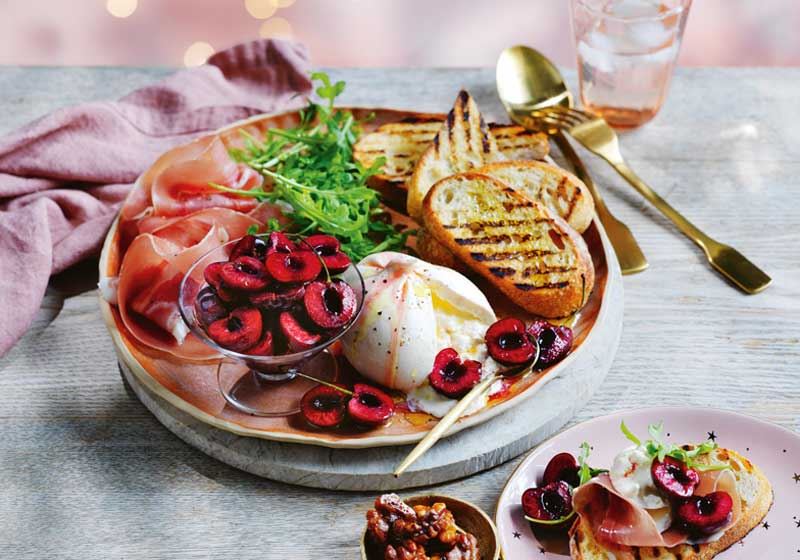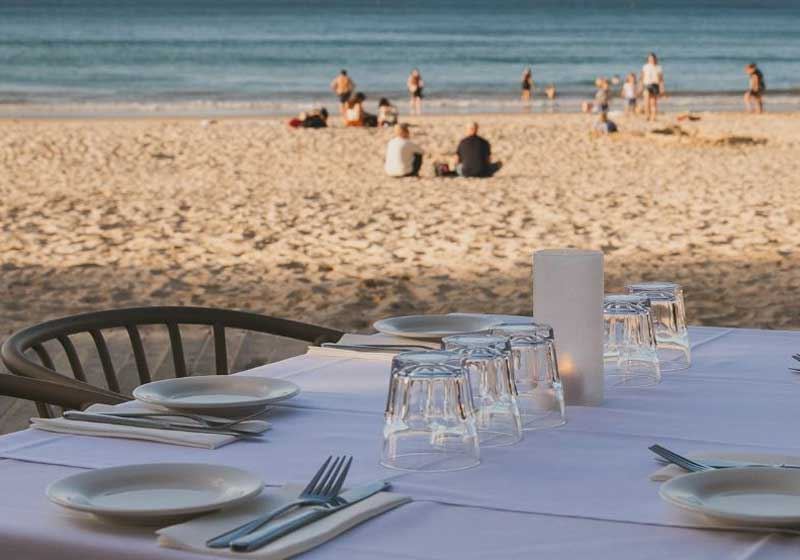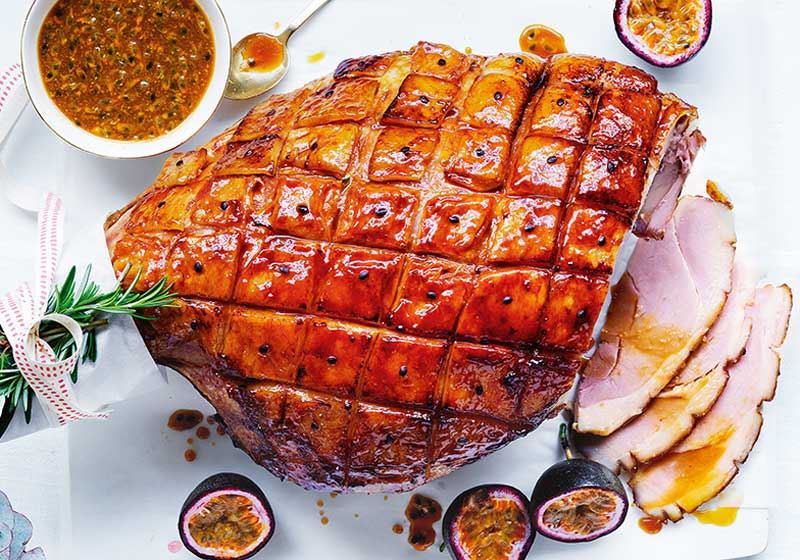By Marie-Antoinette Issa.
Unlike Western dishes, which often lean into a single dominant note, Thai cuisine is all about contrast and thrives on interplay. A little sweet tempers the heat. A splash of sour lifts the richness. A hint of bitterness keeps things grounded.
It's bold but balanced, fiery yet refreshing, complex and also deeply comforting. At its heart are five core flavours - sweet, sour, salty, spicy and bitter - each one playing off the other in a chorus that turns even the simplest dish into something unforgettable.
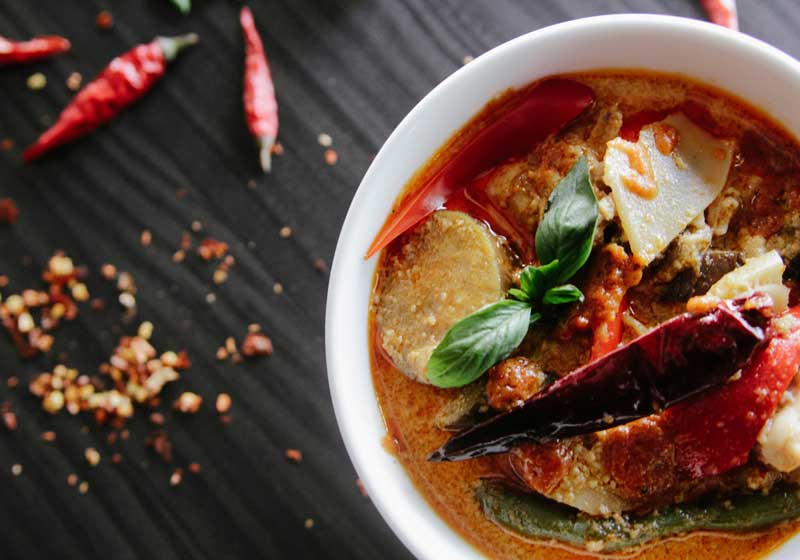
First up is sweet - but not the cloying, dessert-like sweetness you might expect. Thai sweetness is delicate, often derived from palm sugar or coconut milk rather than refined white sugar.
It’s there to soften the sharp edges of chilli and lime. You’ll find it in the background of green curries, in the glaze on grilled pork skewers and, of course, in desserts like mango sticky rice, but don’t think of sweetness as an afterthought. In Thai cuisine, it’s a foundation.
Then comes sour - bright, zippy and essential. Sourness brings everything to life. It cuts through fat, perks up broths and wakes up even the sleepiest salad. The usual suspects are lime juice, tamarind and green mango.
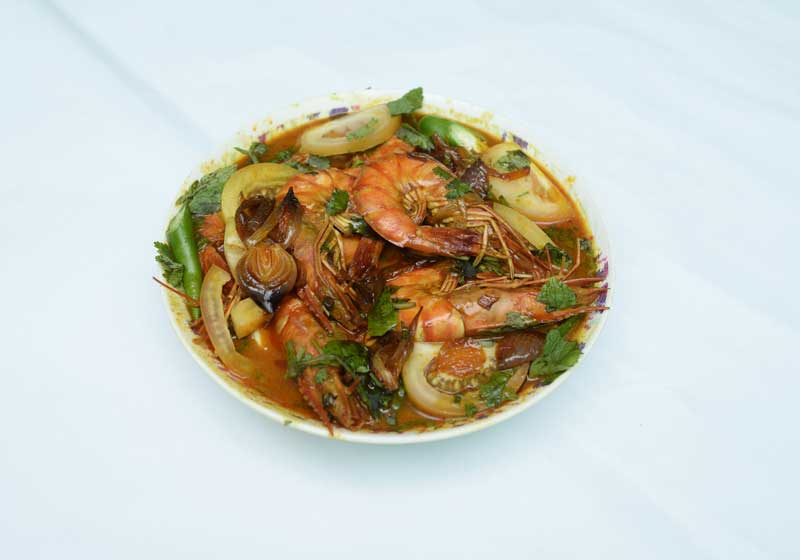
Take tom yum soup - the iconic hot and sour prawn soup - where lime and lemongrass work together to spark a kind of edible electricity; or som tum, the green papaya salad that slaps you with lime, fish sauce and raw chilli in one mouthful. Sour in Thai food isn’t subtle - it’s structural.
Salty is the quiet hero - not just from table salt but from the complex umami of fish sauce, soy sauce and fermented shrimp paste. It’s the backbone of many Thai dishes, grounding the sweetness and tempering the heat.
Salty notes often hide in plain sight - in dipping sauces, stir-fried noodles and soups. Try removing the fish sauce from your pad see ew or larb and you’ll see how quickly the dish falls flat. Salt, in Thai cooking, doesn’t just season - it deepens.
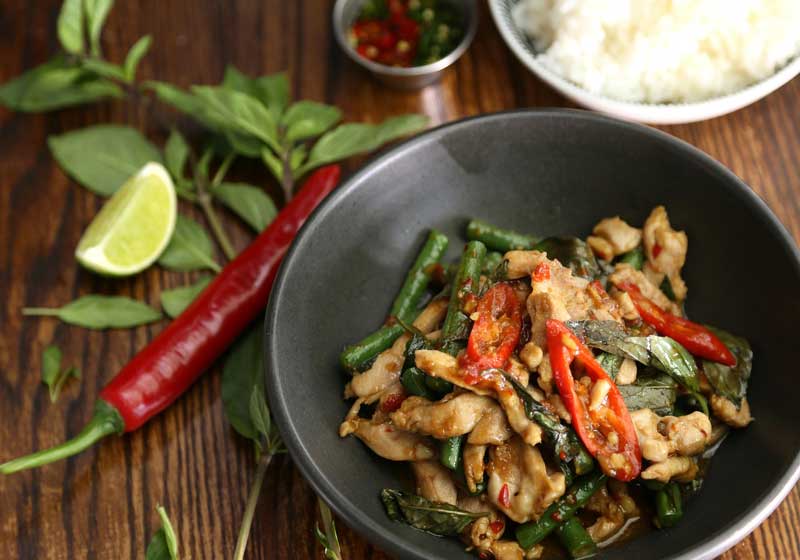
Next is spicy - probably the most infamous of the five. However, it’s not just about blowing your head off. Thai spice is layered. It’s not one-dimensional heat, but something dynamic - a building burn that complements sweetness or sharpens sourness.
Dried chillies, bird’s eye chillies and curry pastes all contribute different types of fire. In southern Thailand, dishes like gaeng som and gaeng tai pla are unapologetically hot. In central or northern cuisine, spice often plays more of a supporting role.
Finally, bitter - the most misunderstood of the five. Western palates often shy away from bitter flavours, but in Thai cuisine, bitterness is used with care and intention. Think bitter melon in soup, or the astringent bite of certain herbs like bai yor or neem leaves.
It’s a flavour that brings complexity, maturity and depth. You might not notice it immediately, but it’s there - rounding out a curry, finishing a broth or adding an edge to a salad.
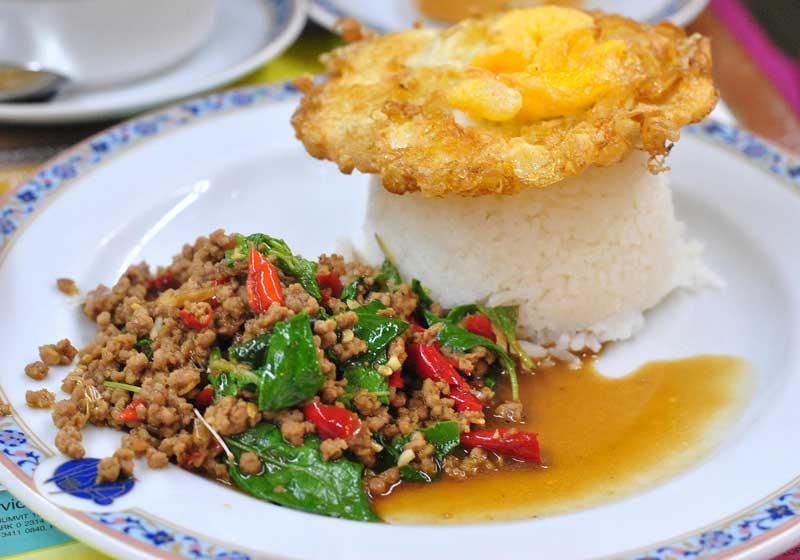
The magic of Thai cooking lies not in any single flavour, but in the interplay between them. Sweet tempers heat. Sour sharpens salt. Bitter balances richness. Every dish is a dialogue - an argument, even - between opposites.
That’s why even something as humble as a street-side bowl of noodles can taste so alive. It’s why Thai food never feels boring and it’s why your taste buds keep coming back for more.
Next time you eat Thai, don’t just think in terms of ingredients. Think in terms of flavours. Ask yourself - what’s bringing the heat? What’s cutting the fat? What’s hiding in the background, quietly tying it all together?


